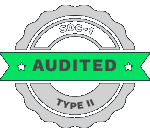Data governance is a very crucial aspect for every business that’s dealing with huge volumes of data. According to the reports of IBM, the global average cost of a data breach reached around $4.88 million dollars in 2024. Gartner also shared a report stating that poor quality of data costs organizations around $12.9 million dollars.
The problem isn’t that organizations do not understand the need for data governance or are not incorporating the right strategies.
The real problem is that they are not executing the right databricks data governance strategies in the right way.
When data silos coupled with poorly defined data governance policies, organizations experience delayed decisions, compliance failures, and missed opportunities. On top of that, the pressure of maintaining compliance with various regulations such as GDPR, SOX, CCPA, and HIPPA adds to the stress. Plus, organizations also need to set or implement enterprise data security strategies for preventing unauthorized access and data breaches.
As already stated above, decision makers cannot afford to make compromises in databricks data governance since those results in severe penalties due to non-compliance, compromised data security, poor decision-making, degraded customer trust & loyalty, and missed opportunities.
Table of Contents
As a CXO, there are a couple of key elements of data governance that you need to know.
Data discovery & assessment: Prior to the task of data management, you need to understand the type of data you have, where it came from, and how it has been transforming your business.
Classification of data: Another vital aspect is categorizing the data based on its relevance and sensitivity. This lets decision makers ensure that any sort of sensitive data is secured and handled properly while being accessible to only those who are authorized.
Data cataloguing: A properly maintained data catalog ensures better understanding and use of data within the organization. This ensures teams can quickly find relevant data and use it to achieve their objectives.
Then, there are other elements like data access management, data auditing, and data protection.
Ask yourself questions like – Are there gaps in your data management that need bridging? Are your data practices aligned with your business goals?
Engage with your teams to review and enhance your enterprise data governance & security framework.
Enterprise-Grade Security Built into the Lakehouse
Security is the top concern of every enterprise, be it is small, medium or large. For data security, Databricks data governance architecture serves as the ideal choice due to its in-built security features.
Is it secure? Yes, it is secure. Row level security, encryption at rest, and column masking are integrated into the platform. Utility catalogue and governance engines offer robust access control & regulatory compliance. Automated audit logging and granting access via IAM (Identity and Access Management) facilitates better data security.
Built on Apache Park and extended by Delta Lake, Databricks offers a complete, fully managed, scalable data lakehouse platform. Organizations can easily process batch and real-time data with high performance and consistency.
Regulatory Compliance Made CXO-Friendly
Databricks Lakehouse makes regulatory compliance CXO-friendly by centralizing Databricks data governance, streamlining compliance workflows, and offering complete auditing and linage.
This approach replaces intricate and error-prone traditional and manual data governance strategies. It also decreases risks, eliminates compliance costs, and speeds up business value.
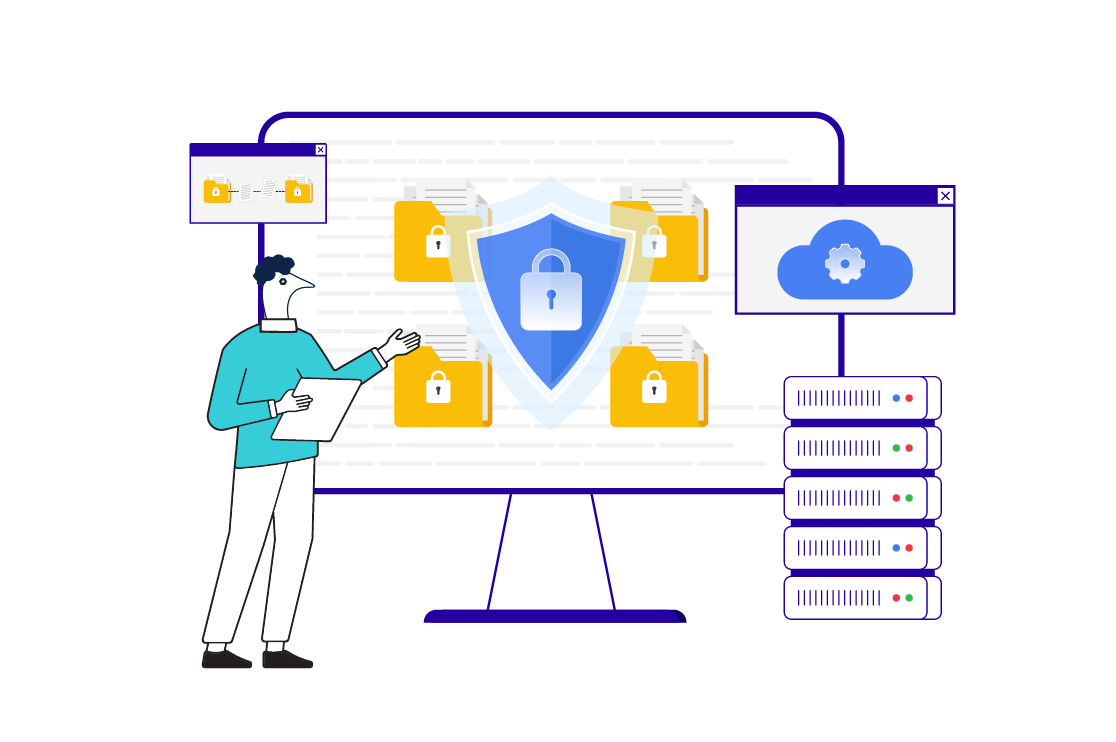
Let’s learn a bit about how Databricks Lakehouse simplifies regulatory compliance for CXOs.
Eliminates governance complexity and risk: Databricks lakehouse eliminates the fragmentation and inconsistency that arise from managing compliance across separate systems like data lakes and warehouses.
Automate compliance workflows and reduce overhead: The lakehouse platform can significantly reduce the time required for regulatory audits by automating reporting. With Unity Catalog and audit logs, teams can generate compliance reports in hours, not weeks, which can save millions on annual compliance overhead.
Ensures auditable data integrity and security: The platform provides an end-to-end view of data lineage, showing how data flows through the entire system. This visibility is critical for audits and builds trust in analytical outputs by providing transparency.
Ensuring Data Trust & Transparency Across Teams
The Databricks Lakehouse platform ensures data trust and transparency through departments and teams by combining data, analytics, and AI assets.
Incorporating Databricks data governance approach removes data silos, catering to a singular source of information. This, in turn, offers strong security, complete auditing, and clear data lineage.
So, how exactly do Databricks establish enterprise data security & transparency?
The access controls offered can be easily managed at different levels. This ensures that different teams can see and use relevant data that they are authorized to access. Also, sensitive data can be protected without the need to create multiple data copies.
Databricks automatically encapsulates end-to-end data across different platforms, offering transparency into how the data has been created, used, and transmitted. Users can track the entire journey of the data. This information is often vital for executing root-cause analysis in the event of data quality issues.
All data users and their activities are accumulated in audit logs. Databricks offers tools and data governance strategies that constantly track data health. Unity Catalogue allows admins to monitor usage patterns and access permissions.
The monitoring feature also offers additional metrics for data quality and drift for actively detecting issues and generating dashboards.
Data Risk Mitigation That Drives Boardroom Confidence
Risk mitigation in data governance drives boardroom confidence through clear strategies for proactive risk reduction, such as enhanced data security, automated compliance monitoring, and high-quality data management.
The key practices include establishing clear data ownership, developing strong data quality management, implementing robust security and encryption, and using technology like data lineage tracking and AI-powered risk detection to ensure enterprise data security and protect against breaches, thereby building trust and enabling informed strategic decisions.
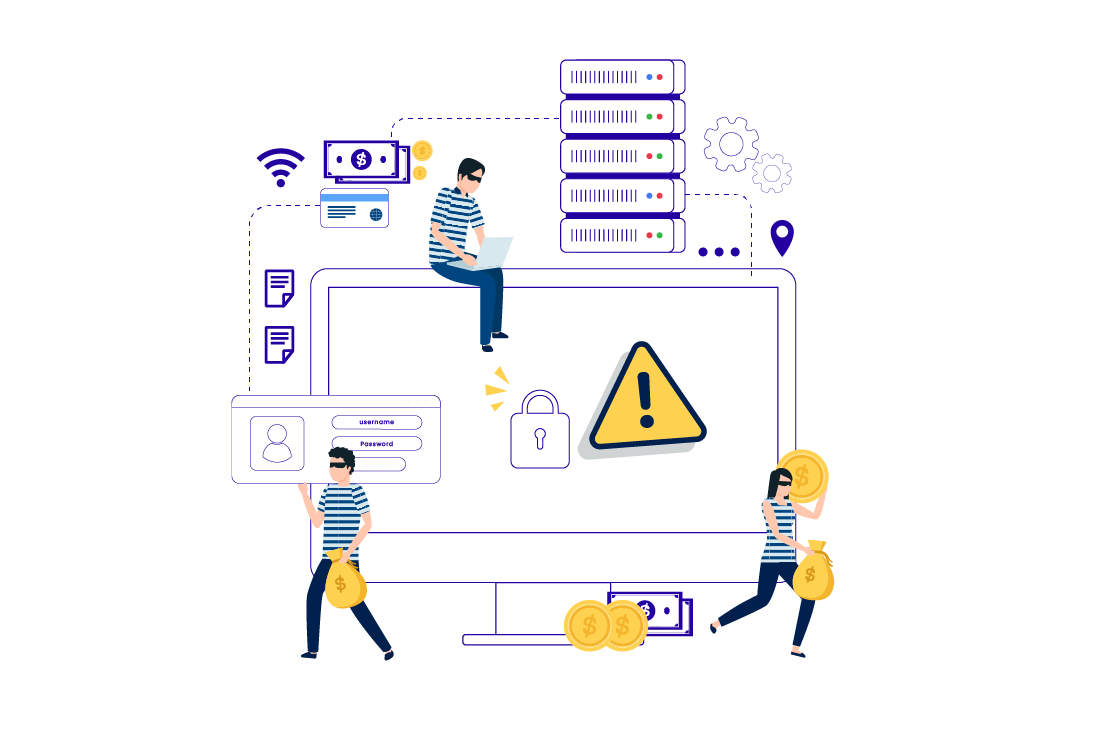
Here are some major Databricks data governance strategies that every CXO can incorporate to mitigate risks.
Proactive risk management: Transferring from a reactive approach to a proactive one through robust implementation of a complete data governance framework that predicts any potential risk to data even before it becomes a risk.
Enhanced data security & privacy: Incorporating robust security measures, access controls, and encryption protocols to shield sensitive data and maintaining compliance with privacy regulations to decrease data breaches.
Robust data quality management: Ensuring accuracy, consistency, and reliability of the data via effective management practices to decrease risks related to poor data quality.
Automated compliance monitoring: Using tools and technologies to automatically monitor data handling processes and ensure compliance with relevant regulations, which helps avoid penalties and reputational harm from non-compliance.
Conclusion
Databricks embeds enterprise-grade security directly into the Lakehouse, backed by regulated compliance, robust access controls, and clear audit trails through Unity Catalog. This approach not only ensures legal and operational integrity but also instills confidence across the boardroom—reassuring boards, investors, and regulators.
CXO Takeaway: With Databricks, you have a single platform where governance, security, and trust converge—delivering transparency, regulatory alignment, and AI-ready infrastructure that drives both innovation and assurance.
Prioritize platforms where trust is not added later, but built in. If you are searching for robust Databricks data governance consulting & integration services, BluEnt offers experienced Databricks consulting services for all your data requirements.
Your data journey doesn’t end here. Watch out for our upcoming blog in the series.
FAQs
What is Unity Catalog and why is it critical for governance?Unity Catalog provides centralized governance across data and AI assets, with fine-grained access control, lineage, discoverability, and auditing across Databricks.
How does Databricks build enterprise-grade security into the Lakehouse platform?Databricks integrates encryption (at rest and in transit), private networking, customer-managed keys, secret management, and compliance controls directly into the Lakehouse architecture.
How does Databricks support regulatory compliance in CXO-friendly ways?Compliance is supported via documented frameworks, certifications (e.g. ISO, SOC 2 Type II), downloadable due diligence packages, and built-in compliance features.
What is the Databricks AI Security Framework (DASF)?DASF is a structured, defense-in-depth framework for AI governance and security, simplifying collaboration across business, data, IT, and security teams.
How can trust and transparency be maintained across data teams?Unity Catalog enables access transparency with lineage tracking, data discovery tools, and collaboration across teams to build trust and shared understanding.
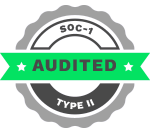










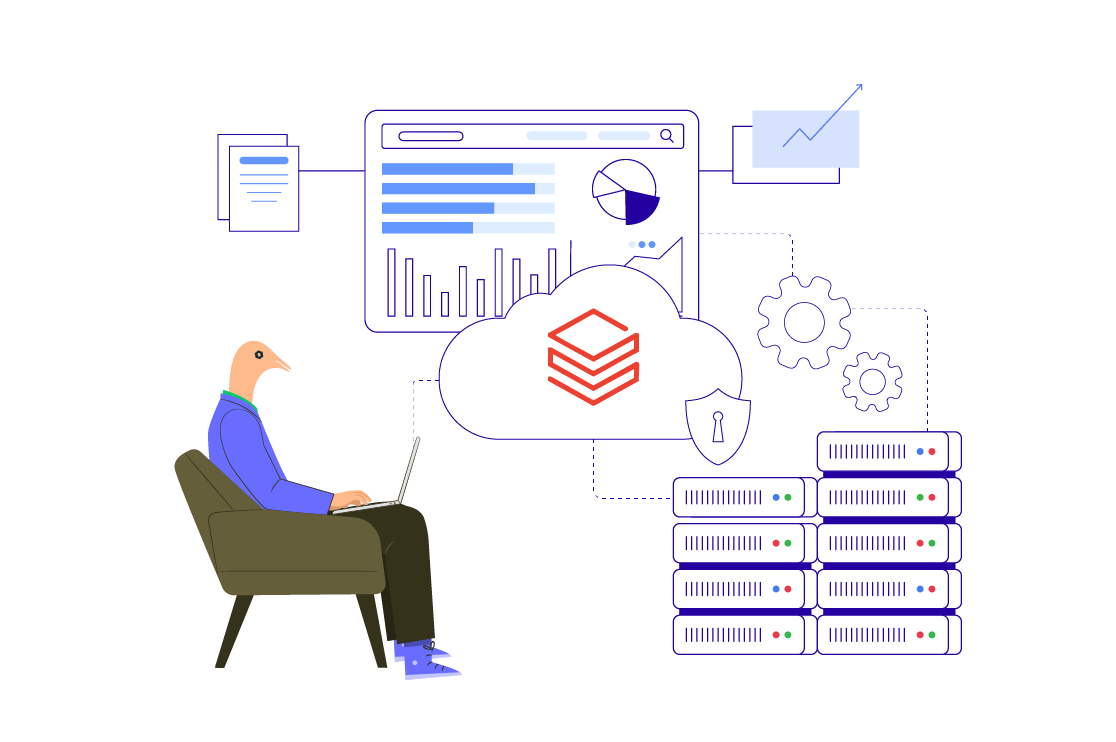
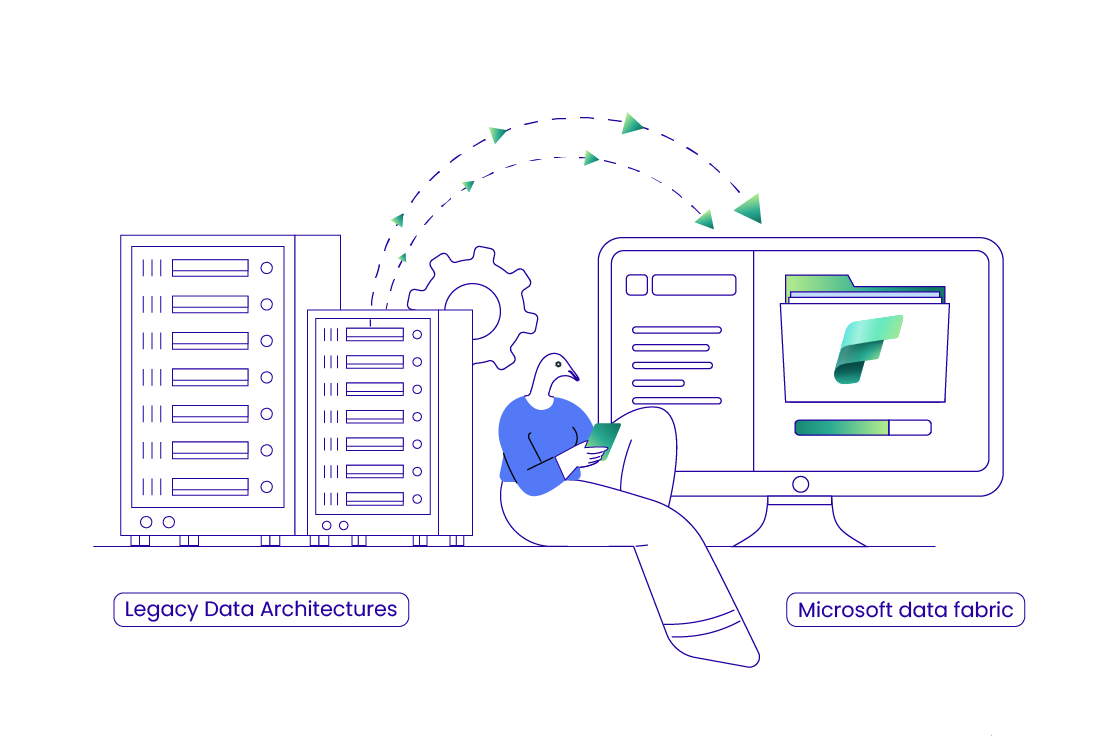 Migrating Legacy Data Architectures to Microsoft Data Fabric: Key Risks, Rewards, & ROI
Migrating Legacy Data Architectures to Microsoft Data Fabric: Key Risks, Rewards, & ROI 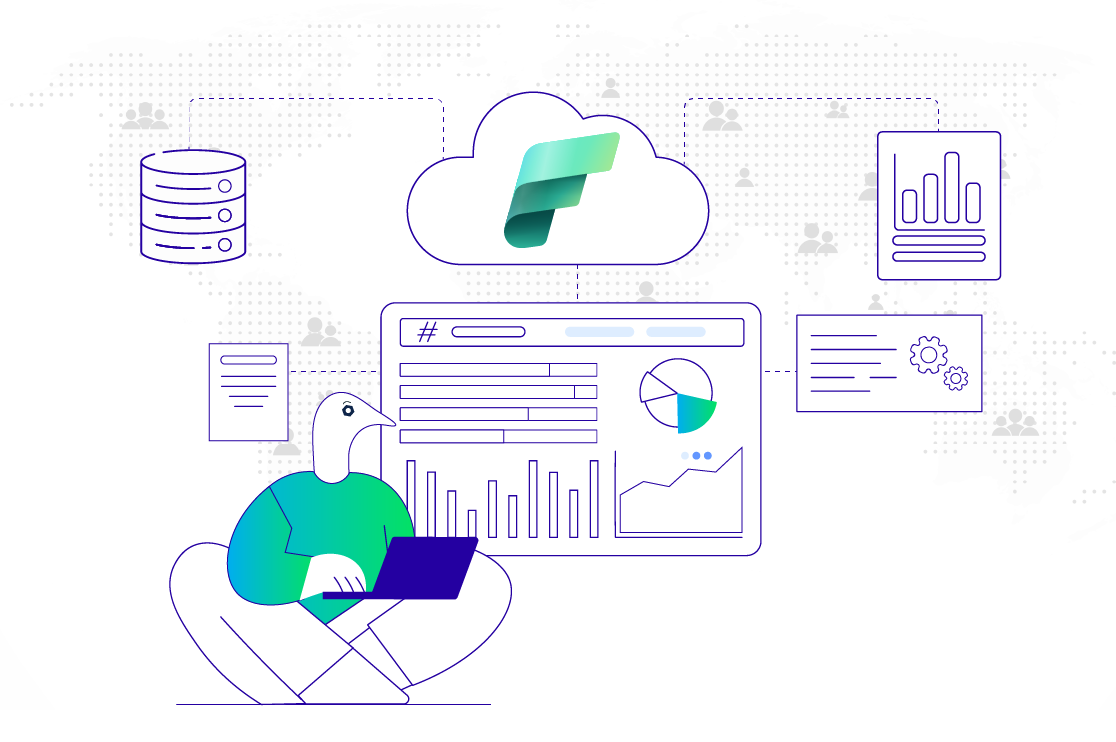 How Microsoft Data Fabric Integration Ensures Compliance, Security & Standardization for Enterprises
How Microsoft Data Fabric Integration Ensures Compliance, Security & Standardization for Enterprises 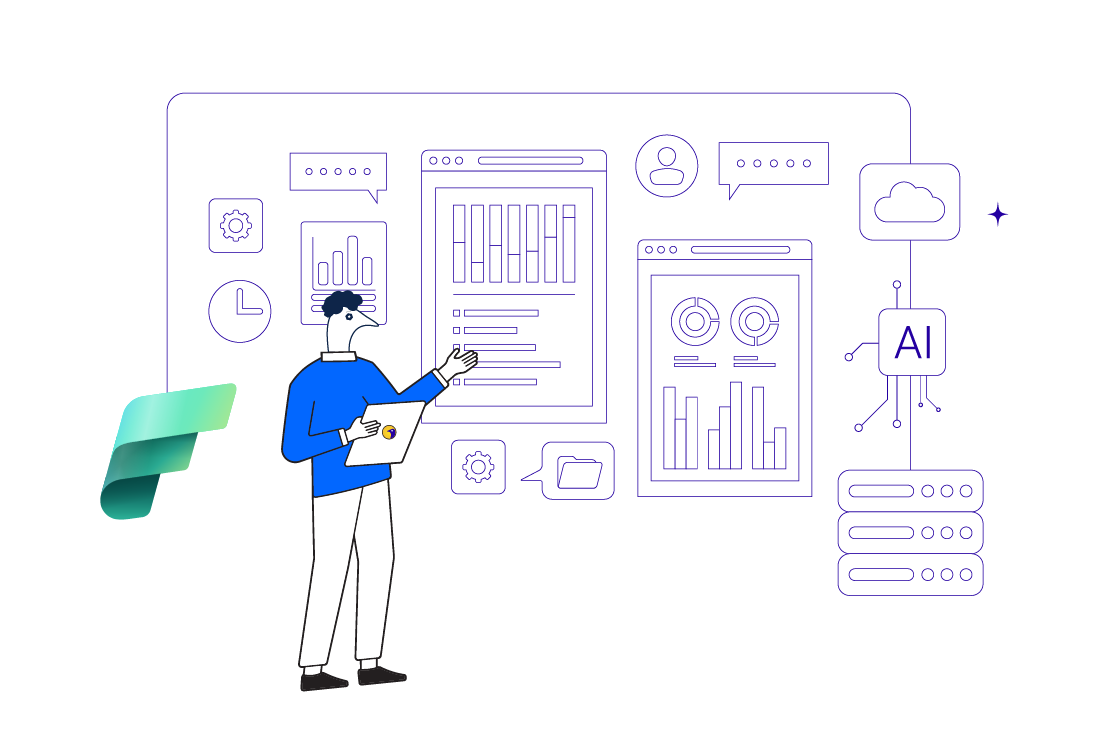 Real-Time Intelligence in Microsoft Fabric: Enabling CXOs With Faster Decisions
Real-Time Intelligence in Microsoft Fabric: Enabling CXOs With Faster Decisions 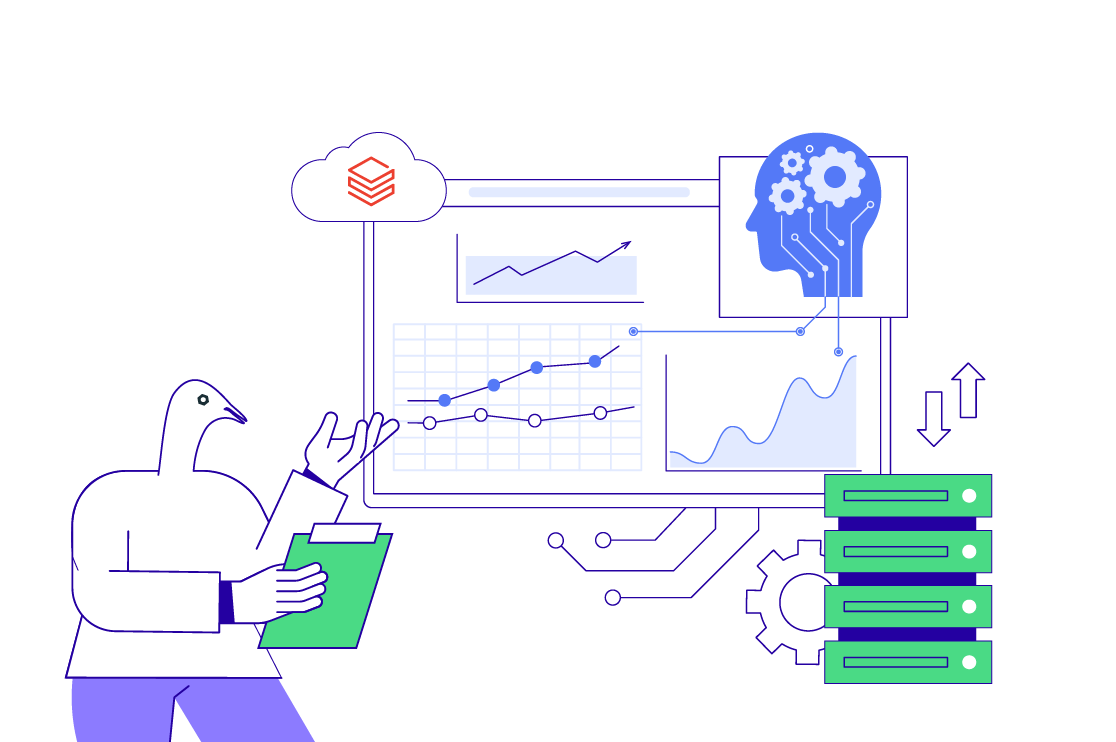 Scaling AI & Analytics on Databricks: CXO Use Cases that Deliver
Scaling AI & Analytics on Databricks: CXO Use Cases that Deliver 